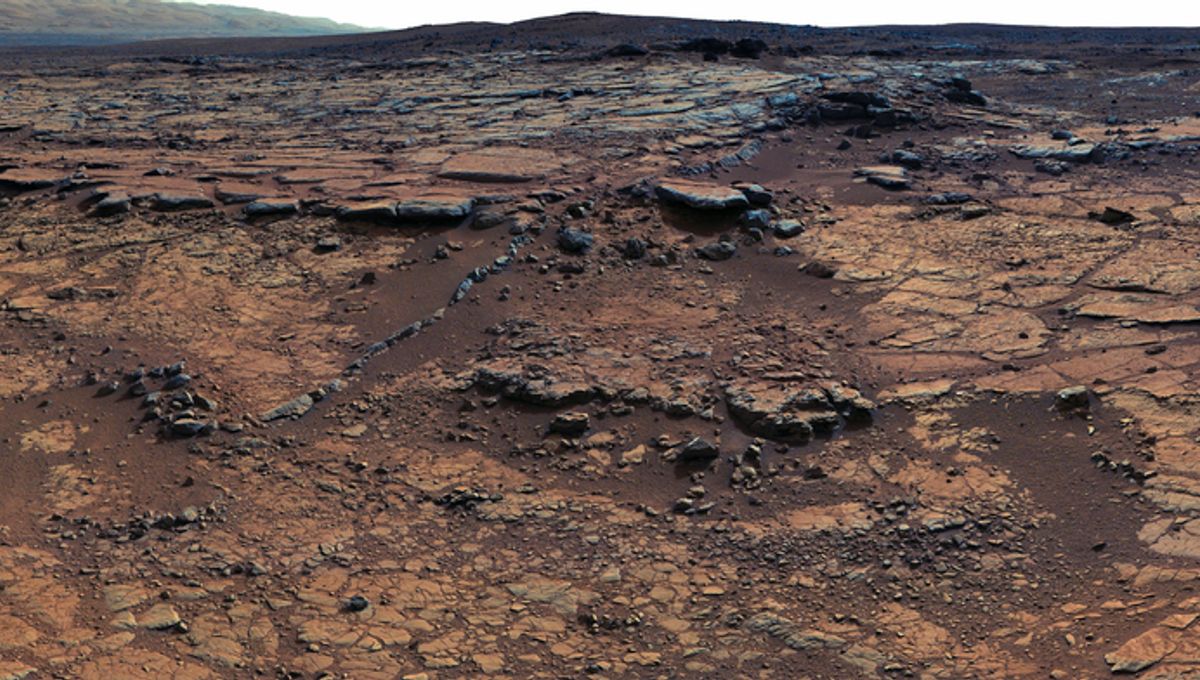
If you’re a living organism, the Atacama Desert is a pretty awful place to be. It is the second driest desert in the world, with the land composed of rocks, dust, salt lakes, and lava that flows over arid surfaces towards the Andes. If anyone was to be shown a photo of it alongside a photo of the surface of Mars, they probably wouldn’t be able to tell the difference.
However, what was thought to be a relatively lifeless place may actually host bizarre microorganisms, some of which science has never seen before, according to a new genetic analysis. The report found evidence of significant life from fragments of DNA and nine percent of the genetic material came from organisms that are currently unknown, which the researchers claim to be part of the “dark microbiome”.
While some were entirely new, many of the organisms were still extremely strange and difficult to identify.
“In almost half of the cases, the databases could not clearly say what we had in our hands,” lead researcher Armando Azua-Bustos said to the Washington Post.
So, why were researchers looking for life in a place where there probably isn’t much? The Atacama Desert doesn’t just look like Mars – it also presents the perfect testing grounds for Mars equipment. The specific site looked at in this study, aptly named Red Stone, consists of very similar geological materials to Mars, which could make it analogous to the Red Planet.
The instruments used in the study were the same as those that are already on (or will be on) landers that will search Mars for extraterrestrial life. So, by combing the desert for life, the researchers could test whether they will identify biomarkers and DNA with the same sensitivity as laboratory analysis.
The results suggested that while they did manage to detect a plethora of life signatures, the equipment may not be sensitive enough to conclusively say whether there are any markers of ancient life in Martian samples. If there are extremely trace amounts of DNA remaining at a similar level as the Atacama Desert, the rovers may miss it. To fully confirm it, samples must be sent back to Earth for full analysis.
The team hopes that the findings can contribute the NASA and ESA’s strategy for detecting life on Mars, particularly in any potential fossil samples that could be found. It is not only Mars that may need an altered strategy – if onboard technology cannot detect life with sufficient sensitivity, it may heavily impact our search for life on any future habitable planets.
The study was published in Nature Communications.
Source Link: Bizarre And Unknown DNA Discovered In Mars-Like Atacama Desert